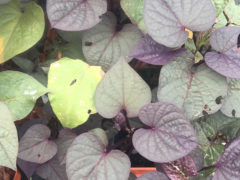
sweet potato ‘Ace of Spades’
Ipomea batatas 'Ace of Spades'
‘Ace of Spades’ has almost black, heart-shaped foliage makes gorgeous container, hanging basket and bedding … Continued
Drought-tolerant and drought-resistant plants may still need supplemental water from time to time, but they can survive periods of dryness without dying.
Drought-resistant plants like cactus, hens and chicks, and sedums can go for very long periods without water and do not tolerate poorly drained locations. Drought-resistant tropical plants grown indoors in winter like cactus, Sansevieria, Echeveria, and other succulents sometimes fail due to overwatering.
Drought-tolerant plants grow in many textures and sizes and have different adaptations that help them get through periods of drought:
The latter two types of plants are drought tolerant once established because any new planting, regardless of drought tolerance, needs to be watered during the first growing season to allow roots to reach the depths needed to access moisture during dry periods.
It’s also important to note that survival may not mean that the plant will look its best during this time. Watering weekly for a longer period of time will result in the best-looking gardens with the highest tolerance for drought. During the hottest, dryest times in summer, watering deeply twice a week is recommended. These less frequent waterings will encourage root systems to expand, making it easier for plants to access moisture when their environment is dry.
Winter drought has become a bigger problem in recent years as snowfall declines. Evergreen plants are especially vulnerable during winter drought because their foliage continues to shed moisture while dormant deciduous plants have shed their leaves and can conserve moisture in woody stems and underground. Watering shrubs and trees in winter on days when the temperature allows (above freezing) will help ensure their healthy return in spring.
Here are some drought-tolerant and drought-resistant plants to grow—

Ipomea batatas 'Ace of Spades'
‘Ace of Spades’ has almost black, heart-shaped foliage makes gorgeous container, hanging basket and bedding … Continued
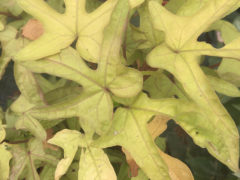
Ipomea batatas 'Bronze'
‘Bronze’ is gorgeous in containers, hanging baskets and bedding companions. In landscapes, these fast-growing vines … Continued
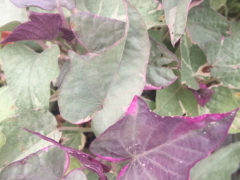
Ipomea batatas 'Tricolor'
With leaves of green edged in ivory and splashed with shades of pink, ‘Tricolor’ makes … Continued
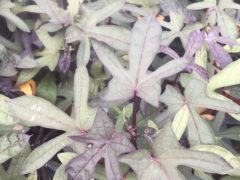
Ipomea batatas 'Blackie'
‘Blackie’ is a deep purple, almost black foliage contrasts beautifully with anything and makes a … Continued
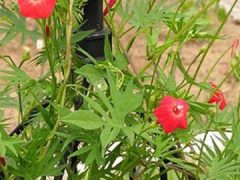
Ipomoea x multifida
Large, glossy green leaves with fingers have a fantastic tropical palm-like look. Vigorous growing vines … Continued
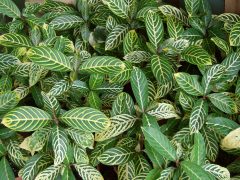
Irene herbstii
Blood red foliage is veined in pink. Leaves are rounded and slightly puckered. Yes, they … Continued
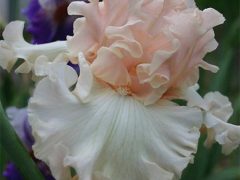
Iris germanica
One of the most sought-after tall bearded iris, blooms of the ‘Beverly Sills’ sport pale … Continued
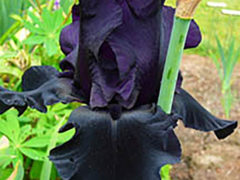
Iris germanica
Dramatic ruffles on inky, dark-colored blooms make a wonderful foil to brighter purple tones. Aromatic. … Continued
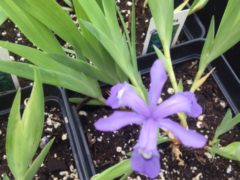
Iris cristata
Dwarf plants grow only 6″ tall and produce blue flowers in early spring. Foliage makes … Continued
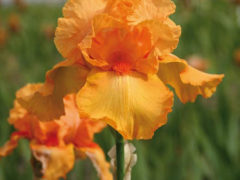
Iris germanica
Ruffled orange blossoms with vibrant beards the color of glowing embers add a warm presence … Continued
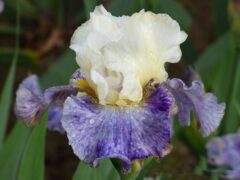
Iris germanica 'Purple and White'
Large, showy flowers of purple with white open late spring to early summer. Heirloom plants … Continued
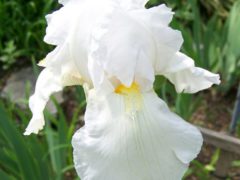
Iris germanica
Pure white blooms with a light lemon-yellow beard. Vigorous rebloomer. Fragrant. German bearded iris are … Continued